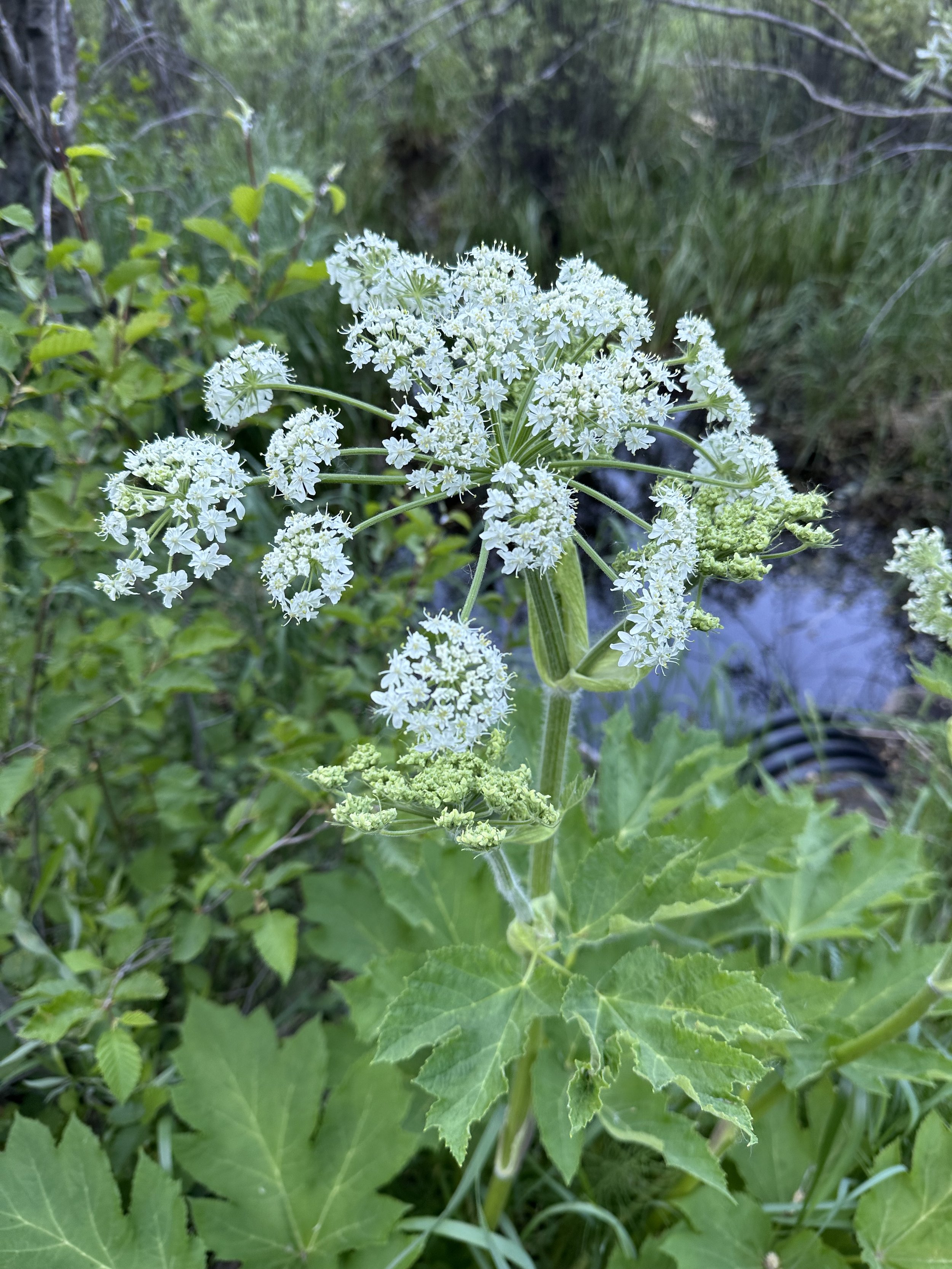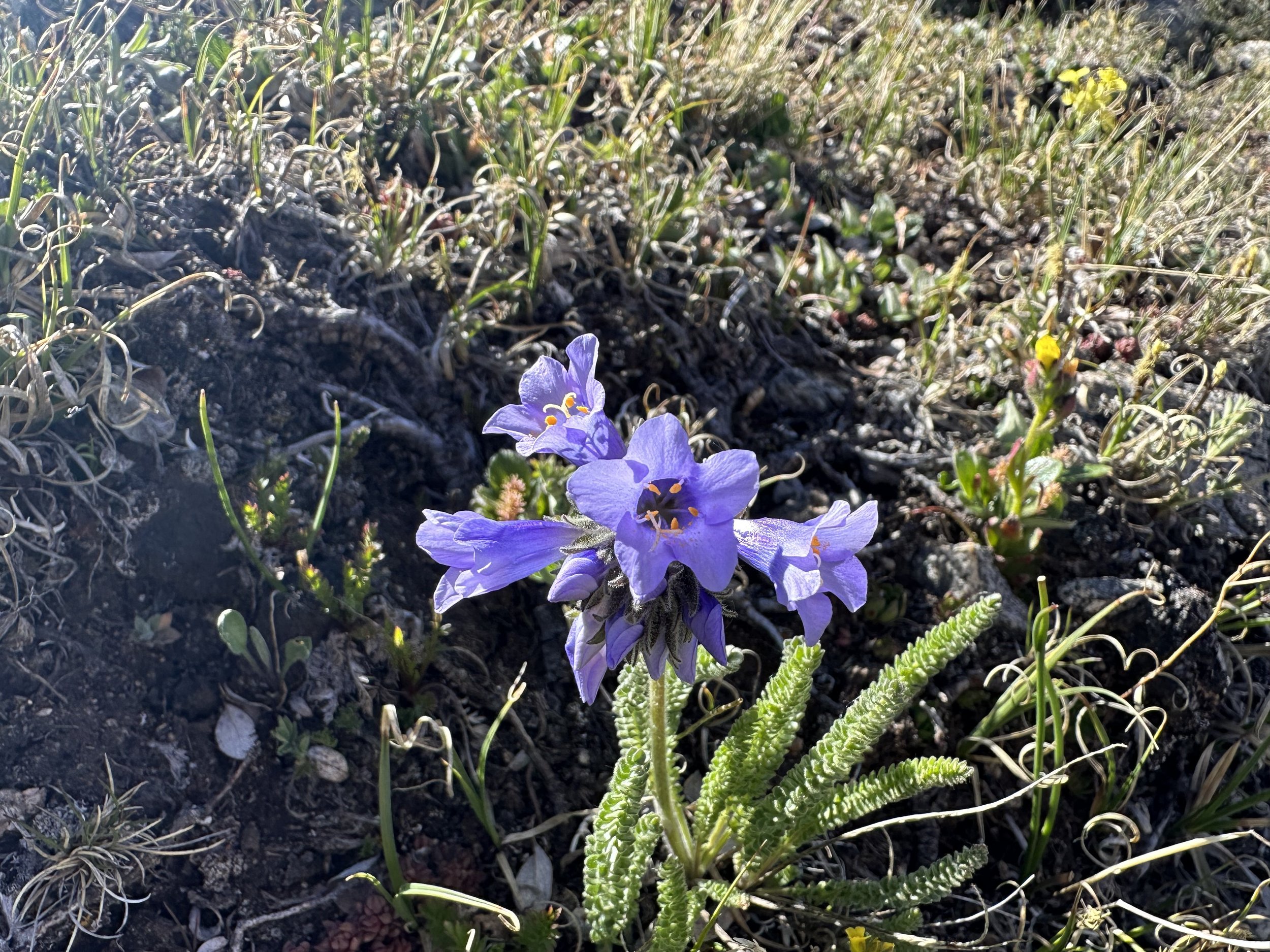Castilleja occidentalis, June 29, 2023
June 29
Cross (?) w/C. rhexifolia, Green Mountain, 12,000’, August 2, 2023
Common & scientific name
Western Indian paintbrush, Castilleja occidentalis
Family
Broomrape, Orobanchaceae
Location
Twining, 12,500’
Fun, weird, helpful, or little known fact
What a wonderful alpine fuzzball this is! Especially when it hybridizes with other paintbrushes like the magenta C. rhexifolia to create tie-dyed, striped wonders.
While there is much discussion among botanists about the proper classification of paintbrushes, including the genetic difference (if any) between C. occidentalis and the similarly yellowish-white C. sulphurea (also called C. septentrionalis), the two are readily distinguishable in the field by their elevation (C. occidentalis is an alpine plant, C. sulphurea is found lower), their size (C. occidentalis is shorter), and their fuzziness factor (C. occidentalis wins!) It also crosses with other high-elevation Castillejas like C. rhexifolia and C. miniata to create colorful, striped versions, coming soon!
Geissler, 12,800’, July 21, 2023







































